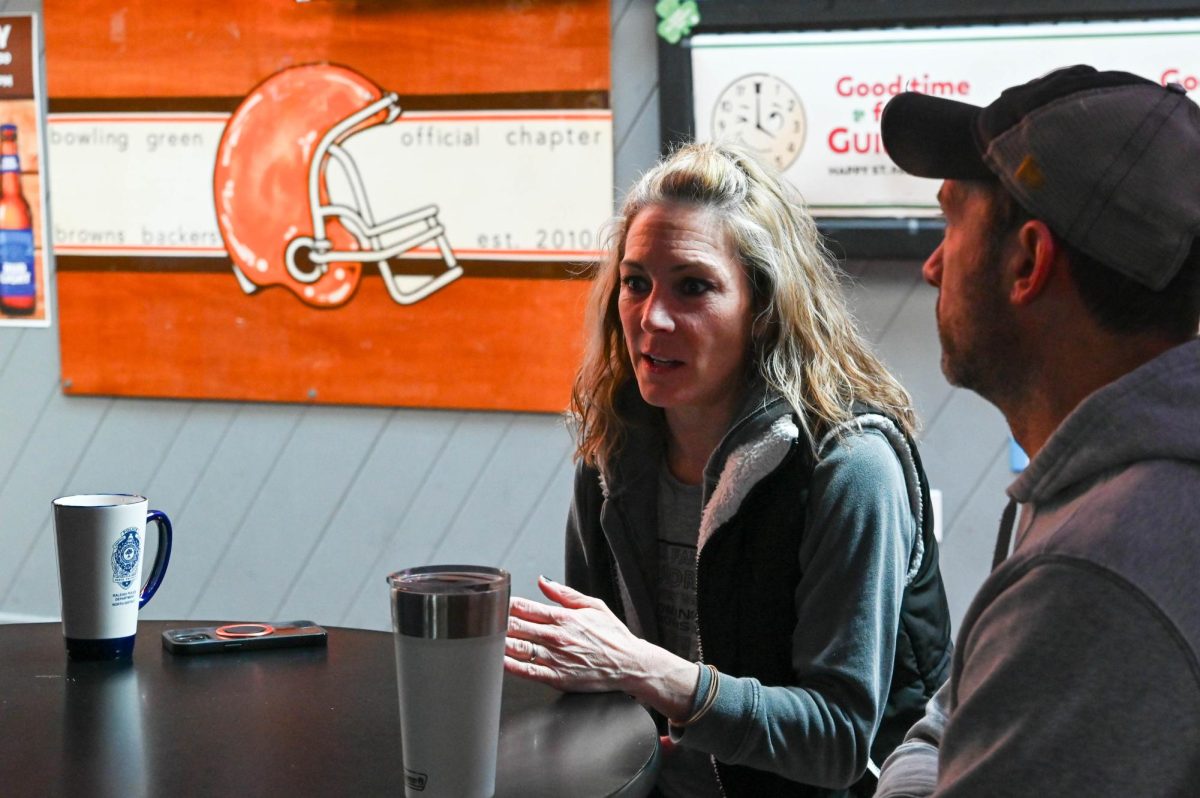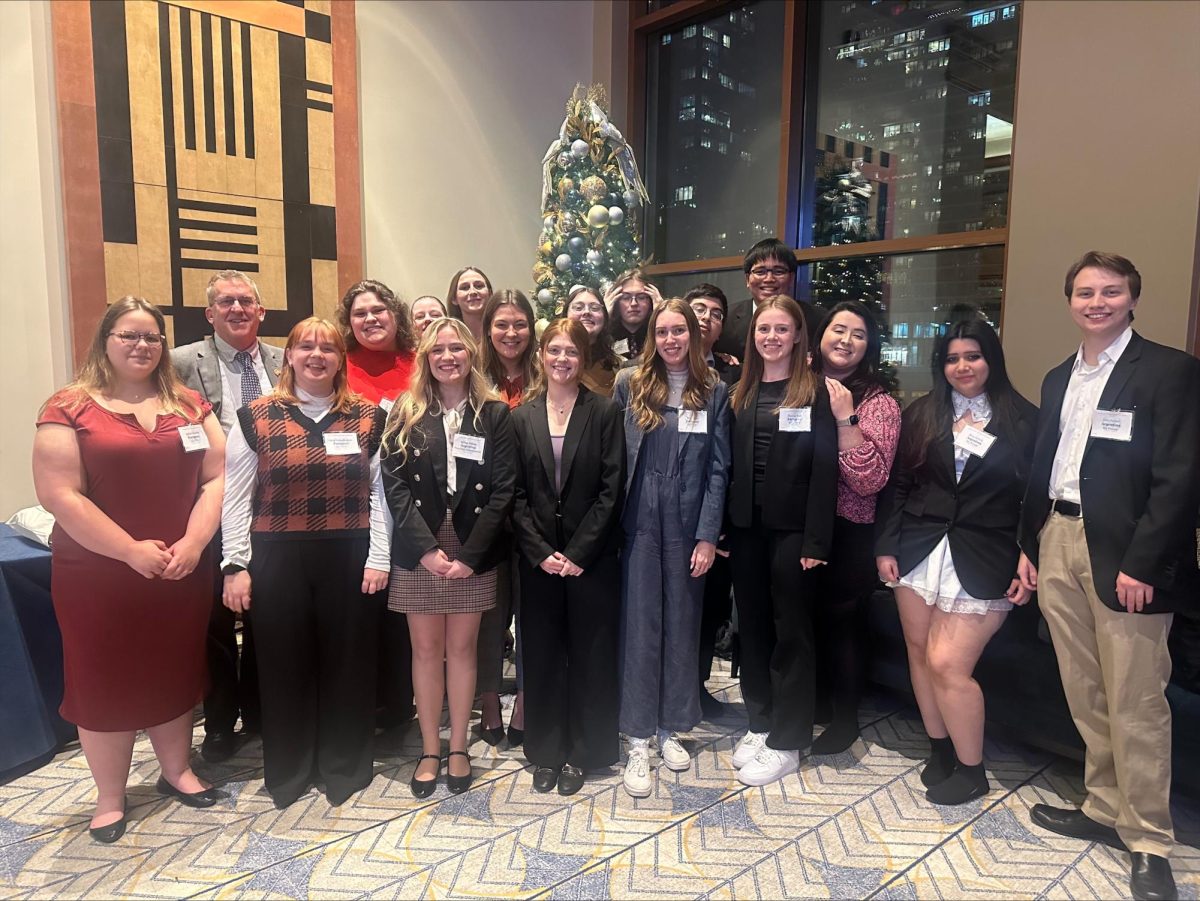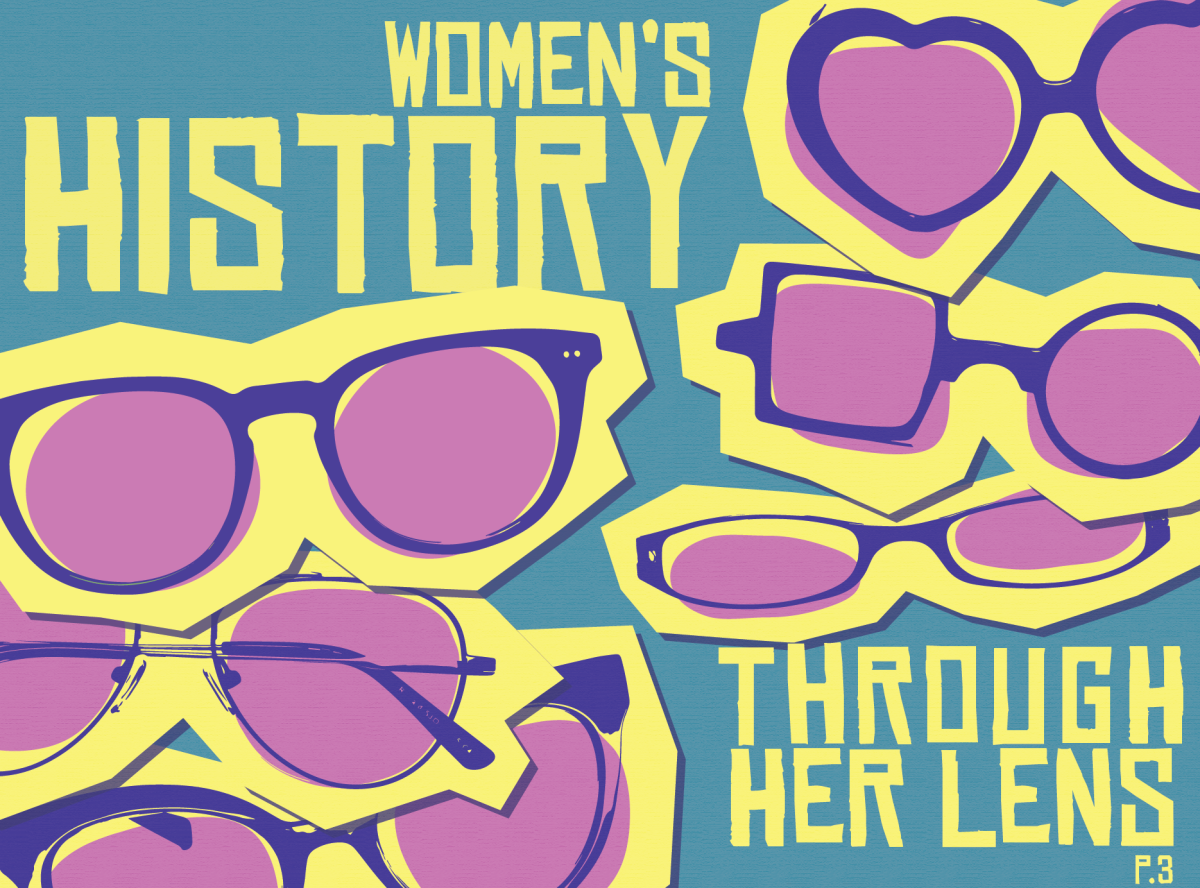The Center for Photochemical Sciences is shedding light on the past with technology seemingly from the future, according to Douglas Neckers, executive director of the department.
More than two years ago, the Toledo Hospital gave the center CT scans of two mummies, still wrapped. Neckers and his team then used a technique currently spreading across the state called stereolithography to create models of the mummies’ skulls.
Next, the department brought the models to a forensics pathologist, Dennis Lee, and to an expert on ancient Egypt, James Harris, to recreate the faces of the two long-dead Egyptians: a 20-year-old man and another in his mid-50s. The faces then went on display at the Toledo Museum of Art as part of a traveling British exhibit called “Eternal Egypt.”
Neckers commented that retooling the faces of ancient people seems like something from a movie.
“These things you think are science fiction, some of them can come true,” he said.
Though the department recreated the skulls over two years ago, the technology’s effects are spreading throughout the state.
Governor Bob Taft checked out the technology when he visited the University on Jan. 29. Taft made the visit as part of a tour to promote a new state initiative called the Third Frontier, which will provide $1.6 billion to promote research and hi-tech industry in Ohio.
“There’s a lot of interest in hi-tech right now,” Neckers said. It’s already being used at the Cleveland Clinic, he said. “They used it to make a model of a broken hip.”
He pointed to the black plastic head of a key to describe potential uses for the technology: “(Plastic manufacturers) wouldn’t even have to store it physically – they could store it electronically.” The same techniques could be used to produce any plastic item, he said.
The completed heads were also featured in a publication called KMT: A Modern Journal on Ancient Egypt. The article, “A Mummy Comes to Life,” would never have happened without Sandra Knudsen, a former employee of the Toledo Museum of Art who arranged for the 2800-year-old mummies to be scanned.
“We wanted to know if they were real,” she said, mentioning that Egyptians were known to have buried mummies without people in them. “We wanted to know ages, sexes and cause of death, too.” Now she knows much more than their ages and sexes due to the Center for Photochemical Sciences’ research.
Neckers spoke about the department’s research on Feb. 26 in a speech titled “Et Lux Perpetua Luceat Eis,” which stands for “Let Light Perpetually Shine Upon Them.”
“I wrote that title after Sept. 11,” he said. “It suggests that the dead will live forever.” He went on to describe light’s effects on art, technology and life in general.
However, he did not avoid a detailed explanation on how stereolithography works.
“We use laser technology to make a layer of plastic identical to that of just one layer of scan,” he said. This process is repeated until plastic has been made replicating each layer of the scan, and the model is complete.
Neckers, also a McMaster distinguished professor, said during the presentation that the students are the department’s most important products and gave a list of businesses they have gone on to work for, including DuPont, Kodak and several companies making computer chips, cell phones and more items using plastic.
The University became the first in the nation to offer a doctorate in photochemical sciences in 1988. Neckers came to Bowling Green just three years earlier, when he founded the Center for Photochemical Sciences with Chris Dalton, now the vice president for finance and administration.







